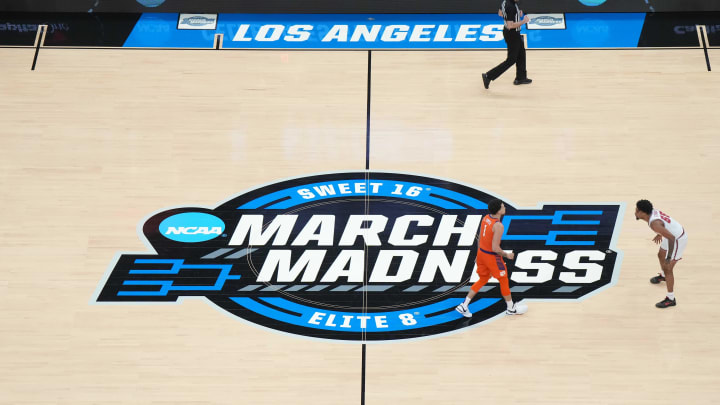What the NCAA’s antitrust settlement means for non-football conferences

Perhaps the most consequential week in the history of college athletics has arrived.
Amid three antitrust cases, the NCAA and its conferences are fighting over how they’ll fund an estimated $2.8 billion in back pay owed to former student-athletes for the use of their name, image and likeness. According to Yahoo Sports, the Division I Board of Directors approved a framework that requires the NCAA to fund $1.1 billion, or 41% of the total, while schools fund $1.65 billion over a 10-year period through a reduction in school distributions.
If $2.8 billion seems like a hefty price tag, it’s actually the cheaper end of the bargain — the NCAA would have to pay an estimated $20 billion in damages upfront if it doesn’t agree to the settlement and winds up losing in court, which is a likely occurrence given the governing body’s history in the courtroom.
The cost isn’t so much the problem. The issue that’s driving the divide between power conferences and the non-football conferences even wider is trying to agree on how the bill should be split. According to the approved framework, the power conferences will pay about $644 million in damages while the 27 non-power conferences will pay $990 million.
The NCAA determined how much each of its 32 Division-I conferences contribute by creating a formula based on the amount of distribution a league earned over a nine-year period starting in 2016, according to documents obtained by Yahoo Sports. Here’s where non-football leagues that thrive in college basketball get hit the hardest — most of the NCAA’s distribution to its schools is through revenue from the NCAA men’s basketball tournament, which means the back damages could loom as a significant expense compared to their athletic budget.
For that reason, Big East commissioner Val Ackerman and other non-football leagues went on the offensive. They argued that their portion of the bill was too high and that power conferences should be paying a larger chunk in damages since most of the backpay is going to former power conference student-athletes. Legal experts agreed — an economic report found that 90% of NIL backpay would go to Power Five (SEC, ACC, Big Ten, Big 12 and Pac-12) football and men’s basketball players.
If accurate, that would mean $2.5 billion of the $2.8 billion settlement would be intended for those demographics.
Nonetheless, the Big East and the rest of the non-football conferences weren’t heard. Their alternative solution of having power conferences pay 60% of the damages while non-power leagues pay 40% was considered but ultimately not approved.
Now, the Big East faces paying up to $7 million annually or as much as $70 million over a 10-year window. That works out to about $600,000-$700,000 per school year, according to Yahoo Sports. When looking at the breakdown, take for instance a school like UConn, which reportedly has a budget of $90 million, compared to the average power conference school with about a $130 million budget that faces a reduction of $1-$2 million annually.
Schools like UConn, the only public school that sponsors Division-I football in the Big East, face a higher percentage of their budget being taken away compared to power conference schools, despite most of the student-athletes who are set to receive backpay having competed in one of the Power 5 leagues.
The split in damages wasn’t the only gripe non-power conference leagues had with the settlement.
In the settlement, a new NIL model expected to be implemented in the fall of 2025 will permit schools to directly compensate athletes for their NIL in a revenue-sharing concept that includes a salary cap. The cap could start at $22 million annually per school, and while they’re not required to reach that limit, those in power conferences are expected to be aggressive in the NIL space for a long time.
As for the Group of Five and non-football leagues, sharing revenue with student-athletes wouldn’t be as easy. Athletic departments at that level don’t typically bring in much profit and often struggle to provide athletes with third-party benefits. Whether or not some of that is self-inflicted or not, such compensation would put many schools in more of a bind financially.
Congress has yet to step in with regard to NIL and the idea of “pay-for-play,” but the idea of schools compensating their athletes directly has long been thought of as the ultimate direction toward sanctioning student-athlete compensation. Athletic directors have hoped against it, but it seems like it’ll be a reality soon enough.
The next frontier of college athletics will take shape this week as Power 5 conferences vote to settle the antitrust cases. The ACC and Big 12 have already voted in favor of the settlement. The three other power leagues and the NCAA Board of Governors will vote on the matter as well.
